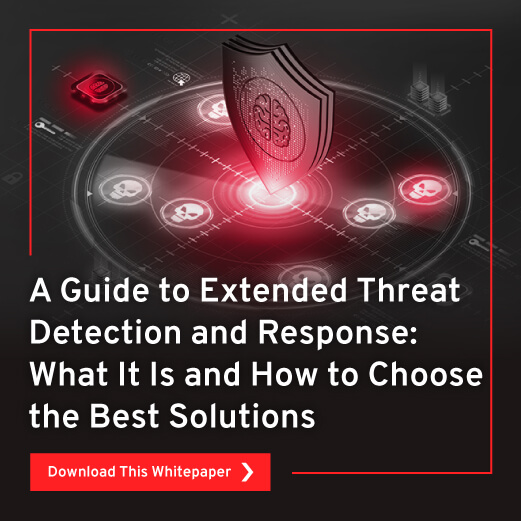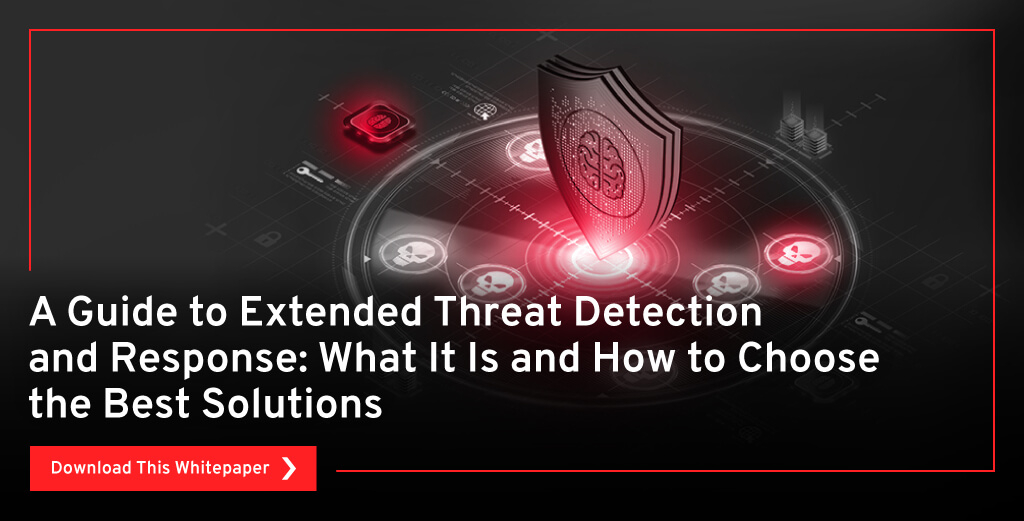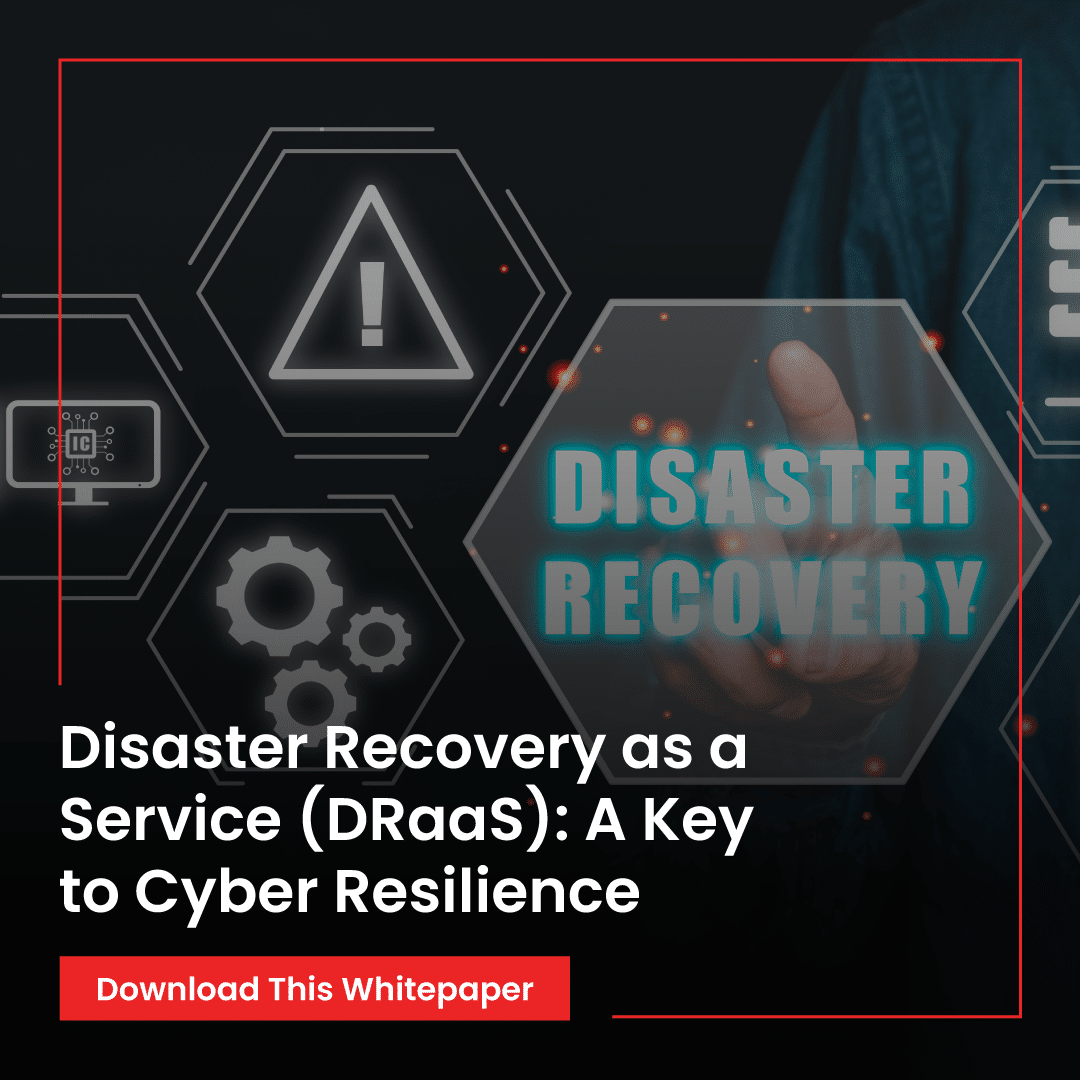A Guide to Extended Threat Detection and Response: What It Is and How to Choose the Best Solutions
Extended detection and response (XDR) is no longer just a cybersecurity buzzword. Companies are investing billions in scaling traditional processes using XDR, and security leaders have hailed it as the latest advancement in threat detection and mitigation. XDR is enterprise technology designed to improve visibility in detecting, responding to, and mitigating cyberthreats. Organizations need comprehensive visibility across networks, cloud environments, and endpoints to secure their perimeters and identify threats that bypass traditional controls. XDR is often packaged as the next evolution of endpoint detection and response (EDR) platforms, which focus on threat visibility across multiple endpoints, as XDR can ingest and analyze data from various areas in an organization’s environment. While network detection and response (NDR) is often confused with XDR, the former passively ingests Layer 2 and Layer 7 network data and is used to monitor north–south and east–west traffic. Some XDR solutions use machine learning engines built on top of data sets and are becoming a core component of cutting-edge endpoint protection, detection, and response suites. These platforms feature threat intelligence and analysis that is not limited to the cloud and is compatible with nonstandard data formats and schemas, surpassing EDR’s capabilities. Global organizations are now using XDR to secure key data, protect on-premises and cloud-based corporate networks, and prevent advanced cyberattacks. This paper discusses the benefits and features of XDR, its relation to EDR and NDR, and why organizations are investing in XDR platforms for long-term security analysis and management.









